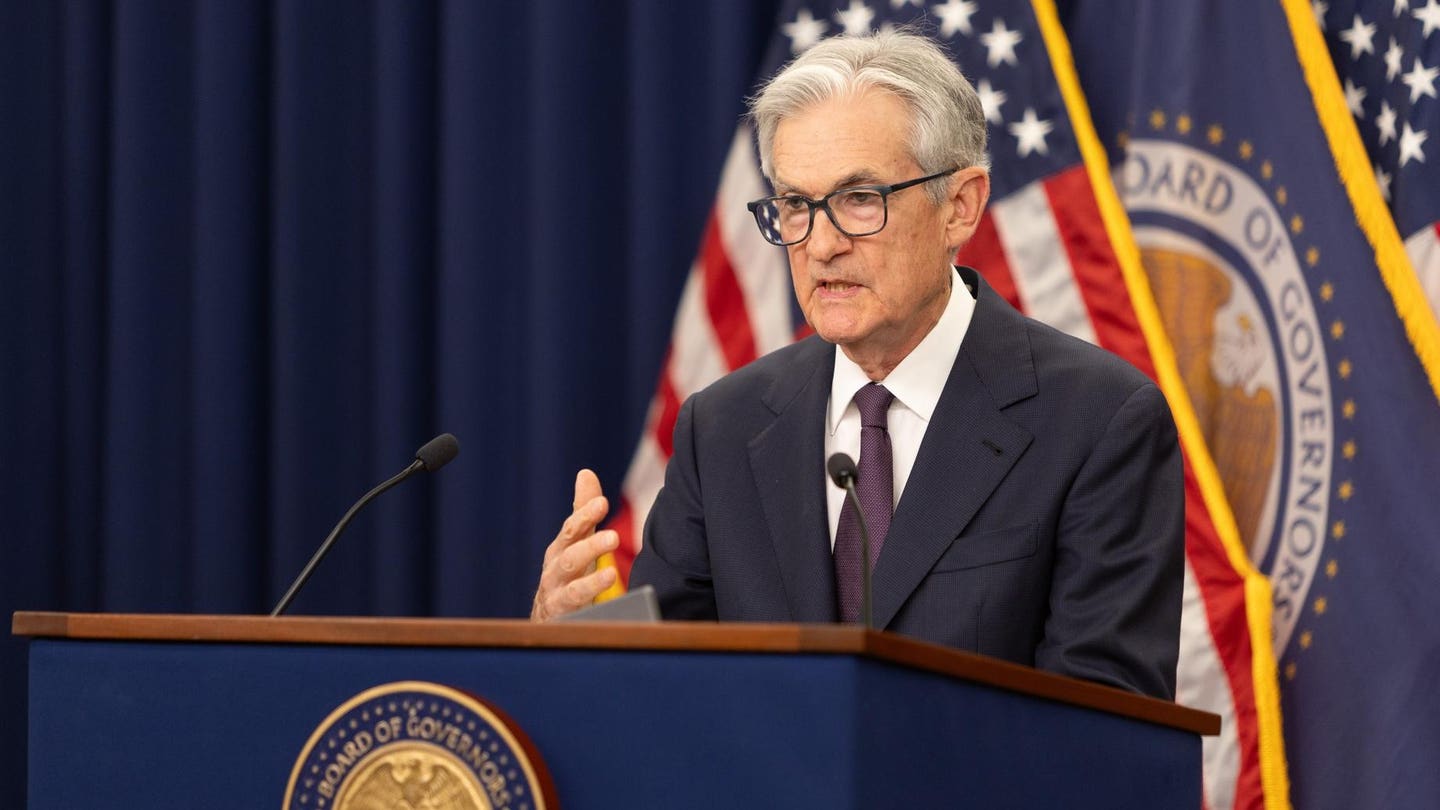Indian Economy Projected to Maintain Robust Growth
India’s economy is projected to maintain robust growth despite global trade tensions, as highlighted by the Union government’s recent assessment of the nation’s economic scenario. The finance ministry has upheld its forecast of a 10.1% nominal GDP growth, while the Economic Survey for 2024-25 projects a real GDP growth of 6.3-6.8% for FY26.
Agricultural Growth and Trade Negotiations
India’s favorable farming growth, combined with extended time to negotiate a trade deal with the United States, positions the nation advantageously amidst escalating global trade tensions. The country’s economy, which is less dependent on exports compared to its Asian peers, is poised to withstand potential global economic turmoil. These factors collectively suggest a minimal impact on India’s Union budget calculations.
Stable Fiscal Projections
An official closely linked to the government’s economic assessment revealed that nominal GDP growth is crucial for budgetary assumptions. Any deviation in growth projections due to a global crisis could alter fiscal strategies. However, the current projections remain steady, promising that fiscal calculations will proceed as planned.
Projected Economic Performance
According to D.K. Srivastava, EY’s chief policy advisor, India is expected to achieve around 6.5% real GDP growth with inflation below 4%. This aligns with the budgeted assumption of over 10% nominal GDP growth. The impact of net exports on India’s growth is expected to be negligible, allowing the country to meet its economic targets.
Monetary and Fiscal Policies
The Reserve Bank of India (RBI) has embarked on a policy rate reduction cycle, with intentions to reach a policy rate of 5-5.25%, fostering economic growth. On the fiscal front, government investment in infrastructure continues to be a priority, ensuring sustained economic momentum.
Influence of Monsoon and Oil Prices
Recent predictions indicate India will experience an above-normal monsoon, presenting opportunities for enhanced agricultural output and consumption growth. Additionally, the US administration’s temporary pause on reciprocal tariffs and the current cooling of global oil prices further bolster economic stability.
Capex and Economic Resilience
Public capital expenditure (capex) remains instrumental in driving economic growth. The government’s initial assessment suggests that capex targets for FY25 have been met or slightly exceeded, with ongoing fund deployment expected to continue into FY26. This will bolster India’s growth story, which remains firmly on course despite external pressures from widening trade wars.
Global Ratings and Assessments
While India Ratings & Research anticipates a 6.6% growth in FY26, it acknowledges potential ratings moderation. Conversely, Moody’s Analytics has adjusted its 2025 growth forecast for India downward to 6.1% in response to US tariffs, although the broader outlook remains positive.
Stay informed with the latest business and economic developments by following fintechfilter.com.







